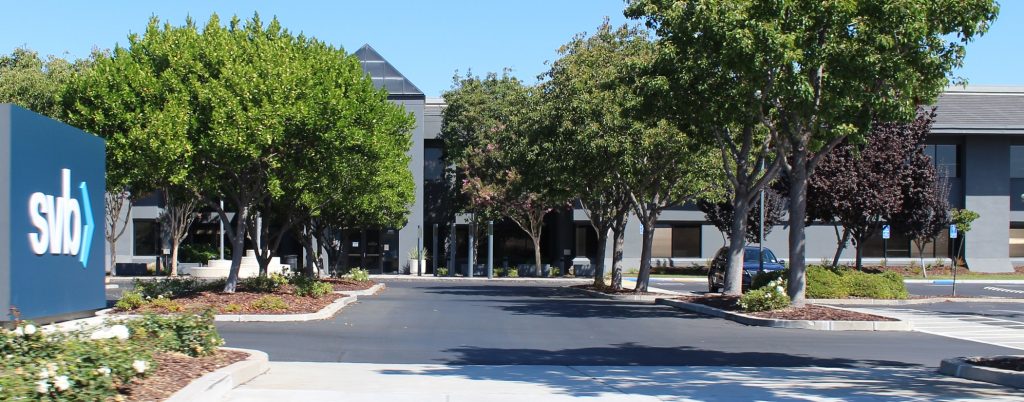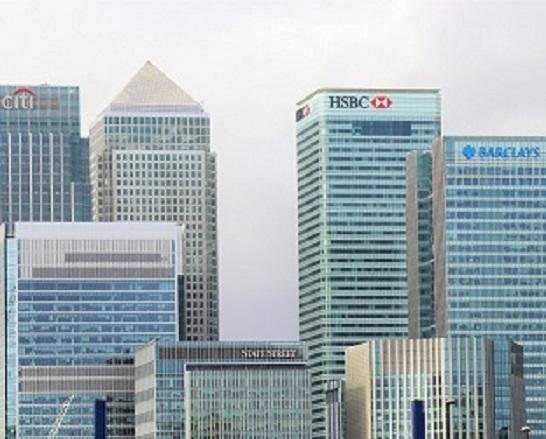
Silicon Valley Bank’s dramatic collapse doesn’t mean banks are in trouble generally. But…
As a tech-focused institution in the San José area, SVB’s stumble sends out a clear signal. Pricey California metros could see lower housing costs ahead. The bank’s troubles could also throw cold water on the rapid rise of mortgage rates.
These are the thoughts of Skylar Olsen, Chief Economist for Zillow, after Silicon Valley Bank’s failure. About the potential for mortgage rate drops, Olsen tweeted: “That’s comforting.”
So Far This Year, Mortgage Rates Have Been Anything But Comforting.
Fixed rates for thirty-year mortgages dipped to about 6.6% in mid-March. That’s interesting, as they’d reached a recent high of 7.05% in March’s opening week.
Zillow’s Olsen is hoping that this recent rate dip might “thaw what was shaping up to be a fairly frozen spring home shopping season.”
The mortgage market had certainly become too treacherous for many. Home buyers across the country have been increasingly unwilling to deal with it since January 2022.
In a sort of double-whammy, that same treacherous mortgage market incentivized homeowners not to become sellers. That further helped to keep the housing market slow.
How Did Mortgage Rates Get So High, So Fast, in the First Place? Weren’t They Just 3% in 2020-2021?
Yes! To help people get access to money when Covid first hit, the U.S. Federal Reserve (the central bank) slashed bank borrowing rates to nearly nothing in 2020. Mortgage rates followed the banking rates downward. So, in 2020 through early 2022, enticingly low interest rates led to a surge in home buying. Property values shot up everywhere.
A sudden rise in inflation began. That inflation was especially evident in the housing market. Trying to stop it, the U.S. central bank started hiking rates back up in 2022. And the pendulum swung the other way. By raising the rates for banks, the U.S. banking leaders indirectly hiked mortgage rates, and that threw a wet towel over the red-hot seller’s market of the Covid economy.
The average mortgage rate is well above 6% now! No change happens this quickly without causing stress, anxiety, and unpredictable outcomes.
Still, inflation hasn’t stopped. So the government just keeps on hiking rates to press inflation back down.
As we wrote in January of this year:
It’s pretty clear, then, that the Fed won’t be cutting rates over the course of 2023…All this rate-hiking activity could be overdone…
And here we are. At this point, we’re looking at U.S. banking being rescued by the government’s promises to keep depositors safe.
Certain Banks Are Breaking Under the Stress of Federal Interest Rate Hikes.

It began with Silicon Valley Bank in mid-March. SVB, as it’s known, has been the leading financial player in the venture capital market, which boomed in 2020-21, before the federal rate hikes.
The surge in funding reflects a booming innovation economy, said Jack Milligan in the January 2022 issue of Bank Director Magazine. Milligan added that the boom in funding was also driven by “institutional investors attracted by the potential of high returns.”
It was a case of venture capital behaving badly. After all, should a bank be taking risks to chase high returns? Not if those risks could make it impossible for it to cover deposits in the event of financial panic.
Within a week after SVB fell, a second bank had to close. This time, it was New York-based Signature Bank. While these are not the biggest names in banking, they aren’t small, either. Their closures constitute the second and third biggest U.S. bank failures ever. Other regional banks are already showing signs of stress.
As for the “too big to fail” institutions like JP Morgan Chase, Citi and the rest of the financial giants, they are benefiting from the current “flight to safety.” People took money out of their regional banks. Why? Fear of not knowing what bank might stumble next. So they poured funds into the big-name banks. To stop the run on the smaller, regional banks, the federal Treasury stepped in and promised that depositors would not lose money from their accounts.
San Francisco Home Sellers’ Agents Are Feeling the Pain.
The San Francisco Bay Area is a good barometer for California tech hubs and their housing markets. There, the median home sale price was $1 million at the start of 2023. That was way down from last year. In April 2022, the area’s median home prices reached about $1.5 million!
And now, San Francisco’s housing market is caught up with SVB’s troubles. Agents were hoping that the market would perk up as springtime approached, and they had good reason to hope. By the end of January 2023, the market was already looking up.
But the fortunes of many people in the Bay Area were bound to Silicon Valley Bank. Sellers were anxious to get done and out, but buyers shrank back. They feared that the SVB crisis was the tip of an iceberg. They feared that coastal startups could break, if SVB could.
So, agents and their clients are nervous. Whenever nervousness arises in the financial world, the housing market will feel it. We’re seeing this now.
It’s interesting that an easing of mortgage rates could be a silver lining in the whole SVB debacle. CNN quotes Sam Khater, Freddie Mac’s chief economist, as saying:
Turbulence in the financial markets is putting significant downward pressure on rates, which should benefit borrowers in the short term.
But the stressed-out bank saga has just begun. We can expect mortgage lenders to be quite careful about how much they’re lending out at this time. And that doesn’t help hopeful home buyers whose loan applications aren’t super-strong.
Taking a Long-Term Outlook? It Could Be the Best Approach.
The big-picture question? How inflation and the federal interest rate will evolve in the future. And this means the central bank will likely continue to press back against inflation by keeping rates up — perhaps through the end of 2023.
And overall, the trajectory is a cooling real estate market. The failure of SVB bank reinforces this, if Zillow’s chief economist is right.
While watching this all unfold can be interesting to hopeful homebuyers and those who root for them, it’s not possible to predict the future. It’s critical to know that inflation data is constantly emerging. In turn, federal policy makers are constantly responding to it.
The current mood could change in an instant.
Supporting References
Nate Bek for GeekWire.com: How SVB’s Collapse Could Impact Housing Markets, According to a Zillow Economist (Mar. 14, 2023, citing figures published by the National Association of REALTORS®).
Jennifer Epstein, Paulina Cachero, and Prashant Gopal for Bloomberg.com: SVB Is a ‘Nail in the Coffin’ for Bay Area Housing Market’s Gold Rush (Mar. 14, 2023, citing the California Association of REALTORS®).
Clare Trapasso for Realtor.com®: Homebuyers Are Discovering the Upside to Bank Failures: Lower Mortgage Rates (Mar. 14, 2023).
Jack Milligan, as quoted in Bank Director Magazine: An Ecosystem of One (Jan. 2022 issue).
Matthew Graham for Mortgage News Daily: The Fed Will Still Raise Rates in March, and That’s Why Rates May Keep Falling (Mar. 17, 2023).
And as linked.
Photo credits: Coolcaesar, CC BY-SA 4.0; and Expect Best, via Pexels.
